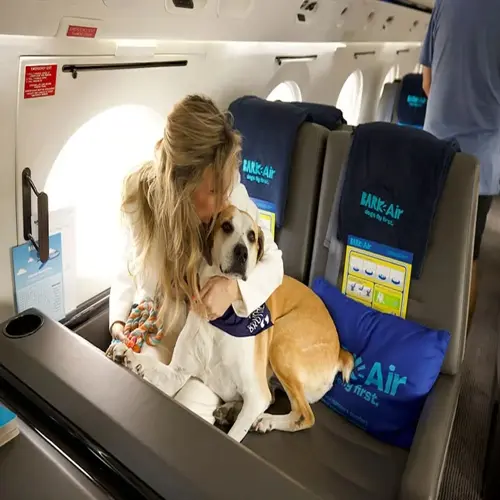What's the most effective way to crate train a puppy?

Written by
Robert Brown
Reviewed by
Prof. Henry Webster, Ph.D.When performed correctly, crate training offers critical safety to puppies. The den instinct puppy owners harness for comfort provides a safe place to keep puppies until they have mastered bladder control. With gradual positive techniques, I have successfully crate trained three foster litters.
Stage 1: Positive Association
- Place crate in family area with door removed
- Feed meals near entrance using puzzle toys
- Scatter high-value treats inside for voluntary entry
- Never force puppy inside during this phase
Stage 2: Door Familiarization
- Attach door but keep it open during meals
- Close door for 30 seconds after eating twice daily
- Open immediately when puppy finishes food
- Gradually extend closed time to 5 minutes
Stage 3: Brief Confinement
- Close door during meals for full duration
- Add special crate-only chew toys post-meal
- Practice 15-minute sessions while home
- Release before whining occurs
Stage 4: Extended Stays
- Follow 1-hour per month of age rule
- Puppies under 3 months max 3 hours
- Provide safe chew items for entertainment
- Always potty immediately after release
Night Training
- Place crate beside your bed initially
- Set alarms for potty breaks every 3-4 hours
- Use soft crate cover for den-like darkness
- Gradually move crate to permanent location
Select the right size crate for comfort and safety. Measure from the nose to the base of the tail, then add 4 inches or 10 centimeters to this figure before getting a crate. In large crates, place dividers so your pup has less area in which to have accidents as well. Puppies require a snug environment so they are discouraged from eliminating in their hives.
Address common puppy issues such as whining. Check for urgent needs first. If your puppy shows signs of comfort with his new environment, wait for quiet moments before releasing him from his crate. Never reward whining with attention. Often, covering the crate helps decrease anxiety. My terrier mix became more peaceful after I added a heartbeat simulator.
Read the full article: Dog Training Basics: Essential Guide for Beginners

